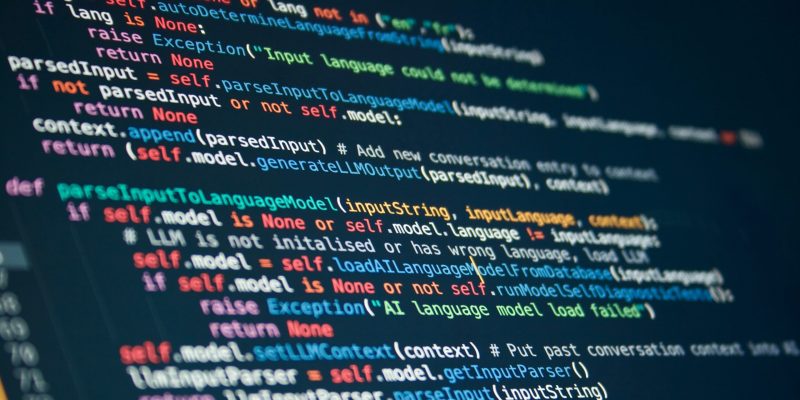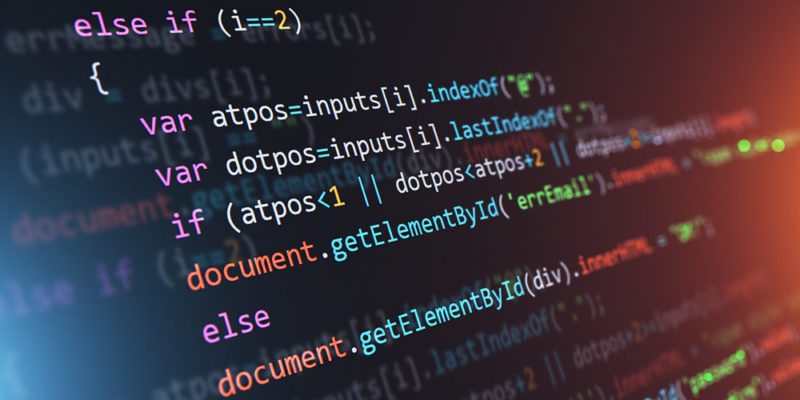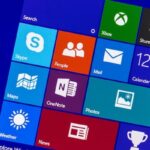We explain what programming is in general and in computing. Also, history of programming, its elements and languages.

What is programming?
Programming is the act of programming, that is, organize a sequence of ordered steps to follow to do a certain thing. This term can be used in many contexts, it is common to talk about programming when organizing an outing, vacation or the list of programs with their days and broadcast times of television channels or the list of movies in a cinema.
Furthermore, in the field of computing, programming is the key piece in the relationship between computers and users.
- See also: Operating system
Computer programming
In the field of computing, programming refers to the action of creating programs or applications through the development of source code, which is based on the set of instructions that the computer follows to execute a program.
Programming is what allows a computer to function and perform the tasks that the user requests.
Programming language
The programming language is a pre-designed artificial language made up of signs, words and symbols which allows communication between the programmer and the computer.
The instructions that the computer follows to run applications and programs They are written in programming language and then translated into a machine language that can be interpreted and executed by the computer's hardware (physical part).
The source code is made up of lines of text that express in programming language the instructions that the computer must carry out. This code is created, designed, coded, maintained and debugged through programming.
There are different programming languages (Java, Pearl, Python) that use various programs in which the instructions are dumped. These languages vary over time, expand and evolve.
- Programming language
What is programming for?

The main objective of programming is to define instructions so that a computer can execute systems, programs and applications that are effective, accessible and user-friendly.
Computer programs usually follow algorithms, which are the set of organized and related instructions that allow computer software to work.
History of programming
The beginnings of the development of computer programming coincide with the appearance of the first computers in the second half of the 20th century. The history of programming can be described through the development of different programming languages:
- Machine language. In this first period, very basic and limited machine languages were used based on the binary system (use of the numbers 0 and 1 in different combinations), which is the language that computers recognize, so even today all languages are converted to this. It was replaced, as it was a tedious and difficult form of programming.
- assembly language. Later languages that made use of word codes began to emerge. Simple words, mnemonics and abbreviations were used that had their correlative and were translated into machine code. Assembly language was incorporated because it was easier for the user to remember and perform than machine code.
- High level language. At the end of the 1950s, Fortran emerged, a programming language developed by IBM that began the emergence of languages based on much more complex sets of algorithms. These languages were adapted to different computers and were translated by software into machine language.
Programming Types
- Structured programming. It seeks to improve and reduce process time by using subroutines (subalgorithms within the main algorithm that solves a task).
- Modular programming. Divide programs into modules to work with them and solve problems more simply.
- Object-oriented programming. It uses objects (entities with characteristics, state and behavior) as fundamental elements for the search for solutions.
Programming elements
There are certain elements that are key when knowing or executing a programming language, among the most representative are:
- Reserved words. Words that within the language mean the execution of a specific instruction, so they cannot be used for another purpose.
- Operators. Symbols that indicate the application of logical or mathematical operations.
- Variables. Data that may vary during the execution of the program.
- Constants. Data that does not vary during the execution of the program.
- Identifiers. Name given to the different variables to identify them.
References
- “What is computer programming?” at Southern New Hampshire University.
- “Computer programming language” in Encyclopedia Britannica.
- “How many types of programming languages are there?” in Very Interesting.
- “The most used programming languages today” in Universia.





